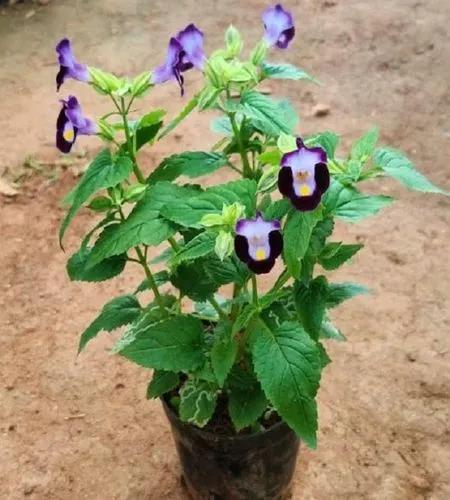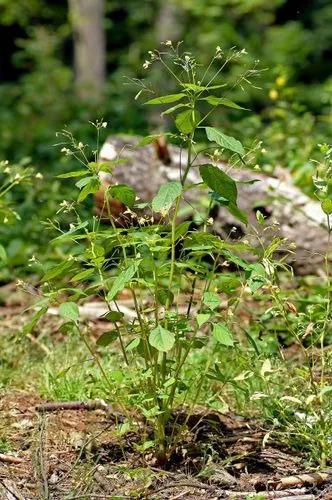If this tropical beauty lives on your windowsill, chances are you’ve been asked about its species more often than you’d like to. Native to South American tropics, this majestic queen is sparkling with bright colors and impressive leaf forms. Billbergia nutans – or Queen’s tears – truly deserves its name.
Queens Tears Care
Billbergia nutans
Other names: Friendship Plant, Billbergia Nutans H.wendl



It’s an epiphytic plant native to Brazil, Uruguay, and Argentina. In tropical forest, its natural habitat, it grows both on trees and on forest floors. Interestingly, it nourishes itself primarily through the leaves and flowers rather than roots.
Both leaves and flowers are truly remarkable. Arching leaves reach 15 inches (40 cm) in length, while the stem produces shiny pink bracts with pink-blue-green, tear-like blooms. The Rainbow Tears is yet another name for this plant, one it deserves, yet again.
How to Care for the Plant

Water

Water the Queen’s tears regularly during the summer to keep the soil moist without drowning the plant. Mist the leaves and flowers to keep the humidity high. In winter, autumn, and spring, water rarely, but not up to the point of complete soil dryness.
Important: use distilled water instead of tap water, as this plant is sensitive to chemicals.
Pruning

This plant doesn’t really need pruning. Use sharp, sterilized tools for any hygienic measures.

Fertilizer

In summer, mix a balanced, water-soluble fertilizer with water, and apply to the soil, leaves, and flower cups every second week. In winter, reduce fertilizing to once a month.

Sunlight

This plant needs bright but indirect light to thrive. In summer months, Queen’s tears will also do well in partial shade. Don’t place it under the scorching summer sun – it will burn the queen’s leaves.

Soil

Let this beauty thrive in well-drained potting soil rich in organic matter with a pH range of 5.5 to 7. Use pots with good drainage to avoid overwatering. A special bromeliad or orchid mix will do best.

Propagation

The Friendship Plant occasionally produces small offshoots from near the base of the plant. You can break them off at the root and propagate into new green friends in separate pots once they reach three inches (7 cm) tall. You can do that even if the blooming period is over.

Temperature

It’s a fairly warm-loving plant, so keep the temperature in the 65-80ºF (18-27ºC) range in summer. For autumn, winter, and early spring 60-75ºF (16-24ºC) temperature range is optimal. Keep the plant away from cold drafts and rapid temperature drops.

Container

A container of any form, material, and shape will work, provided that it has good drainage. You can repot the plant, but only in spring, before the blooming period. Typically, Queen’s tears requires a pot no larger than 5 inches (12 cm) across.

Fun fact

It’s called a Friendship Plant. Why? It shoots new offsets very easily throughout the year, and people present those to each other as gifts.

Popularity

762 people already have this plant 108 people have added this plant to their wishlists
Discover more plants with the list below
Popular articles






